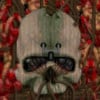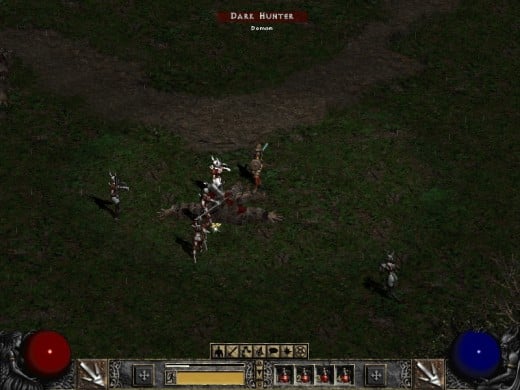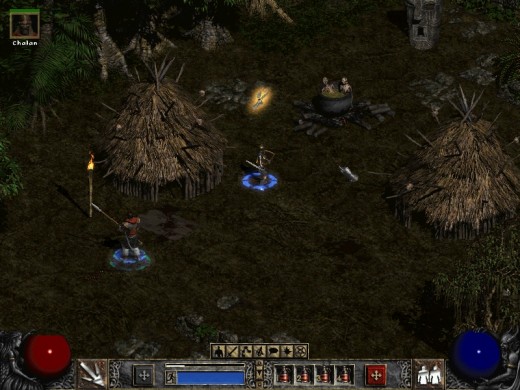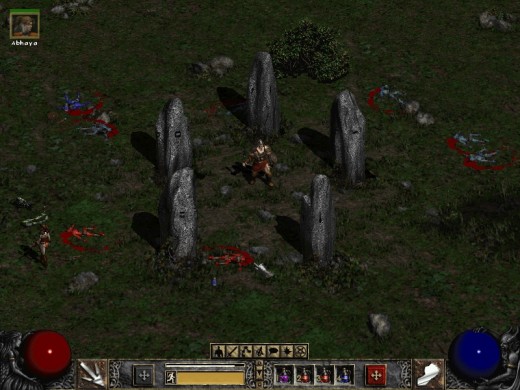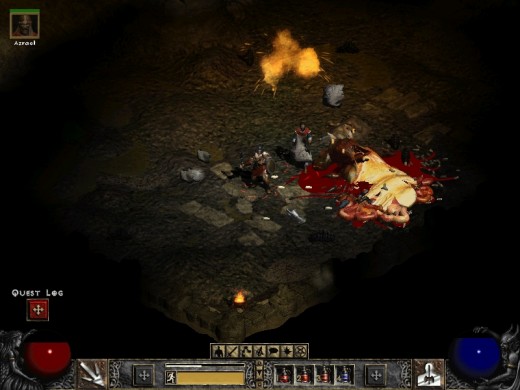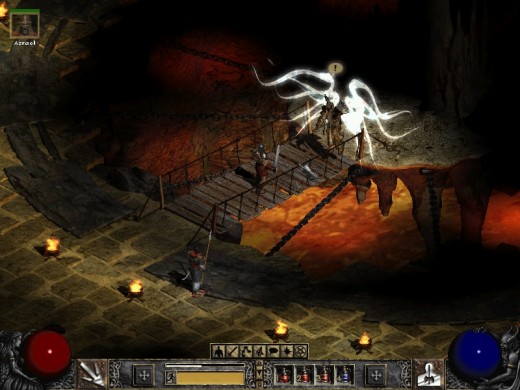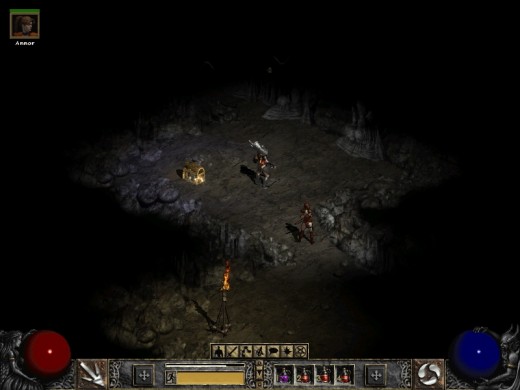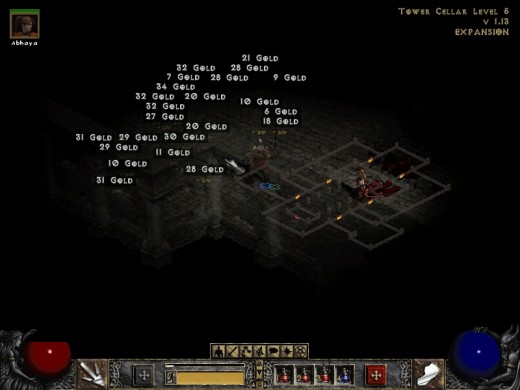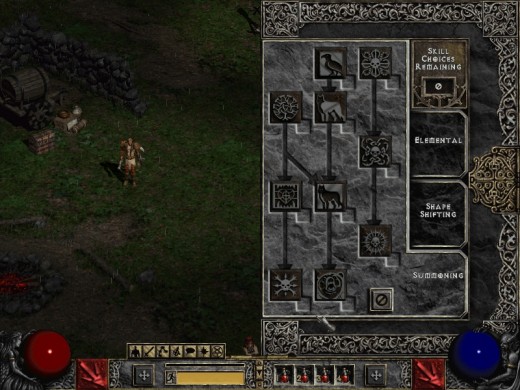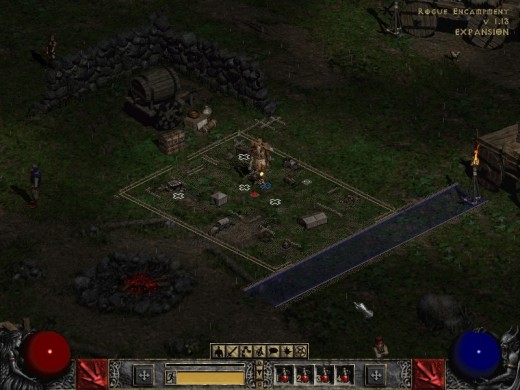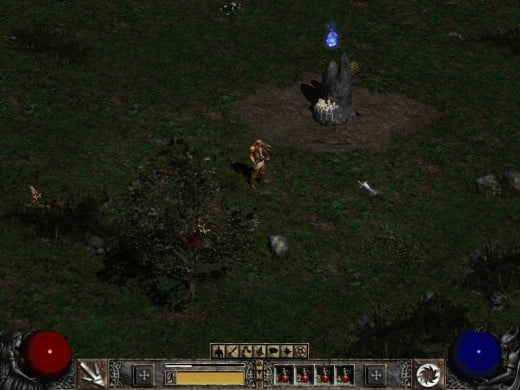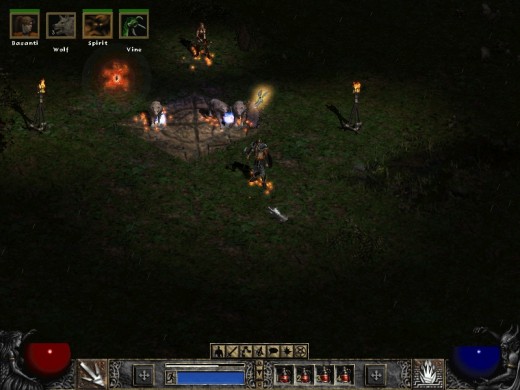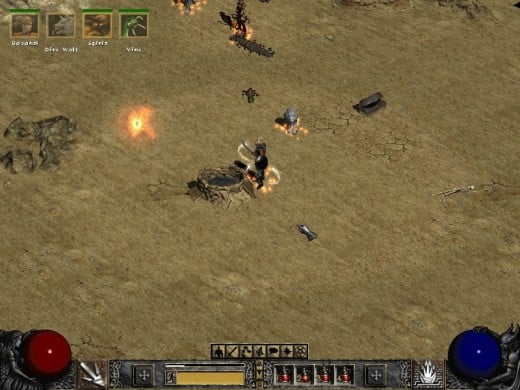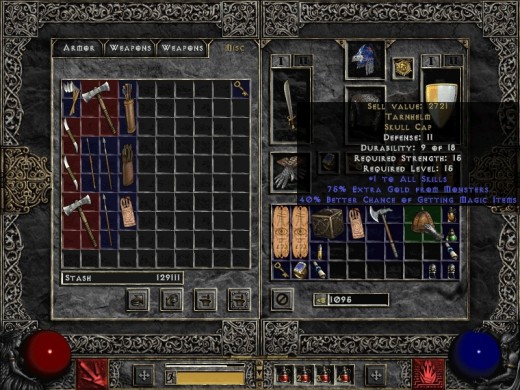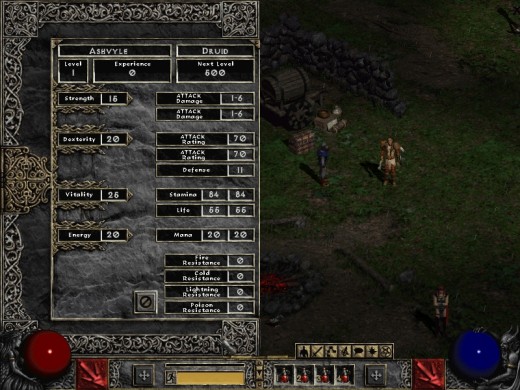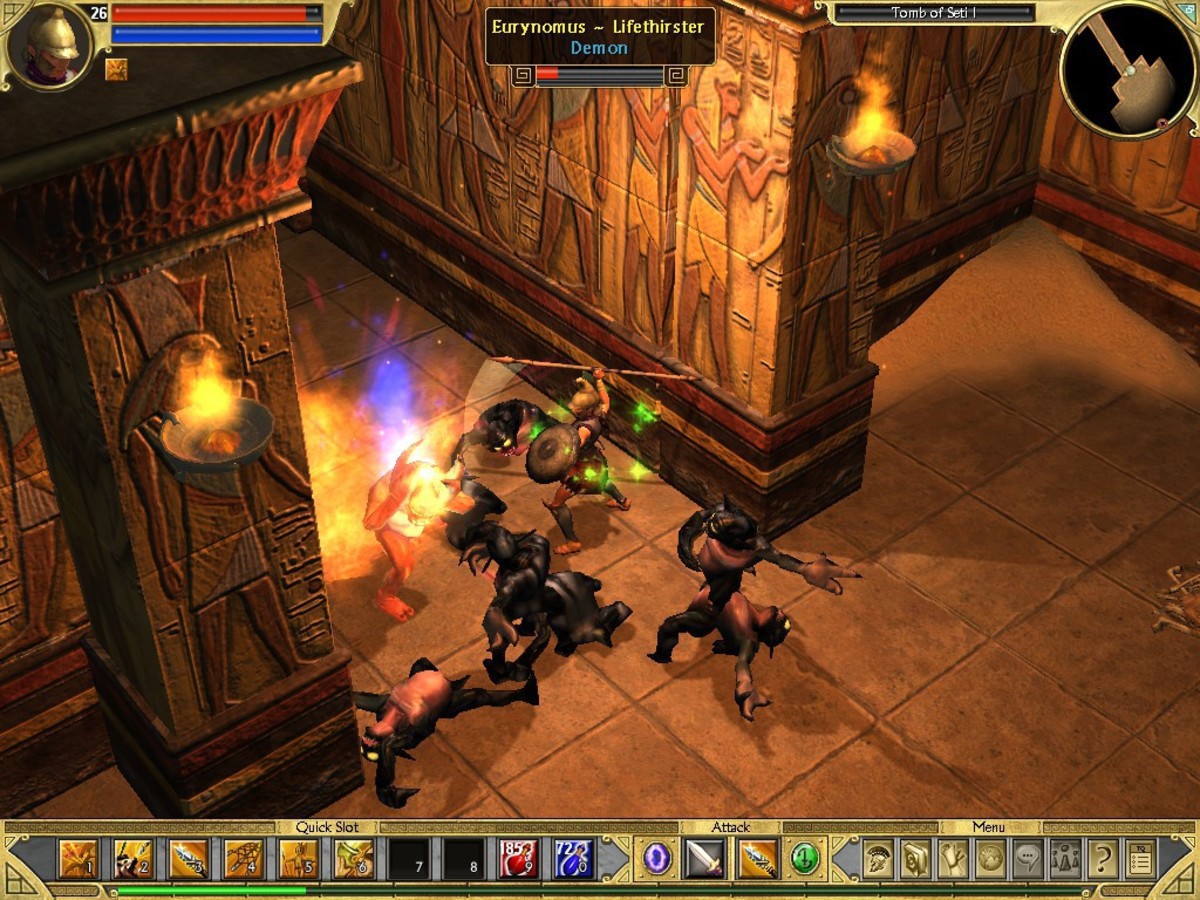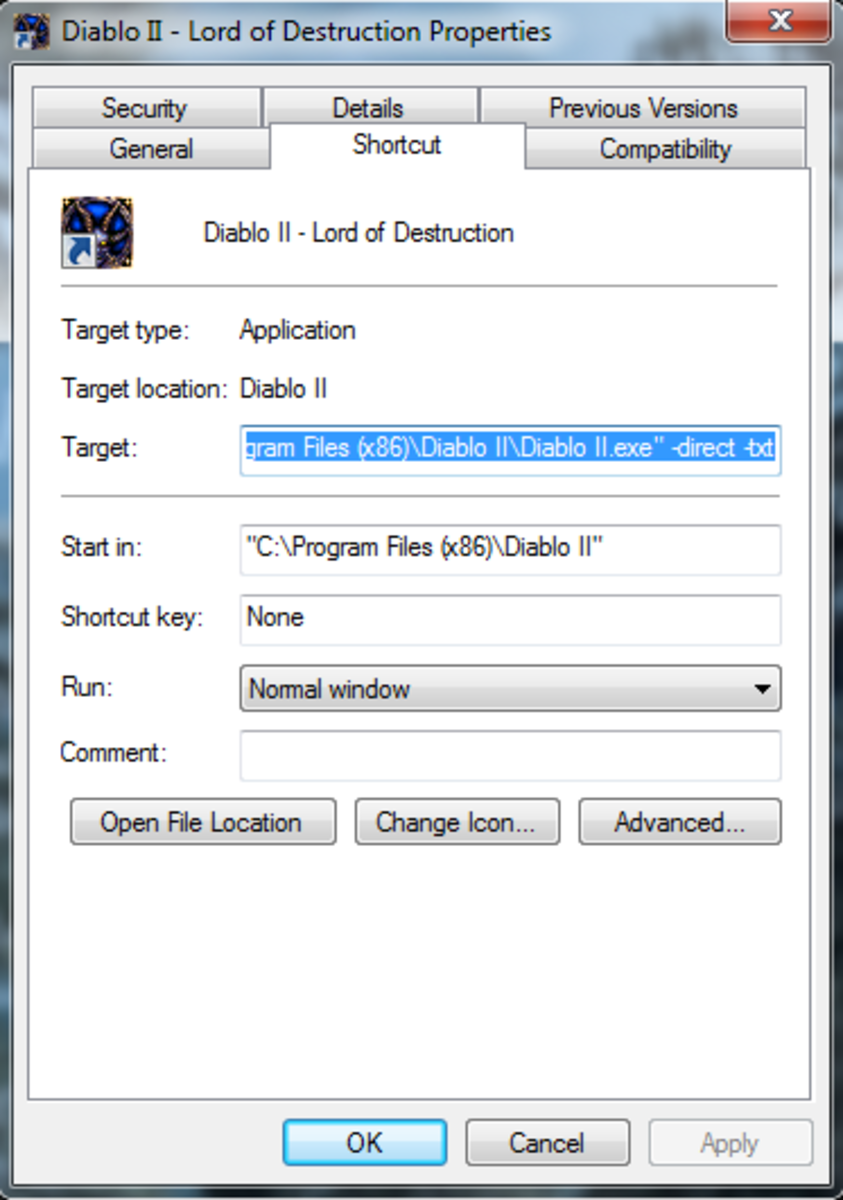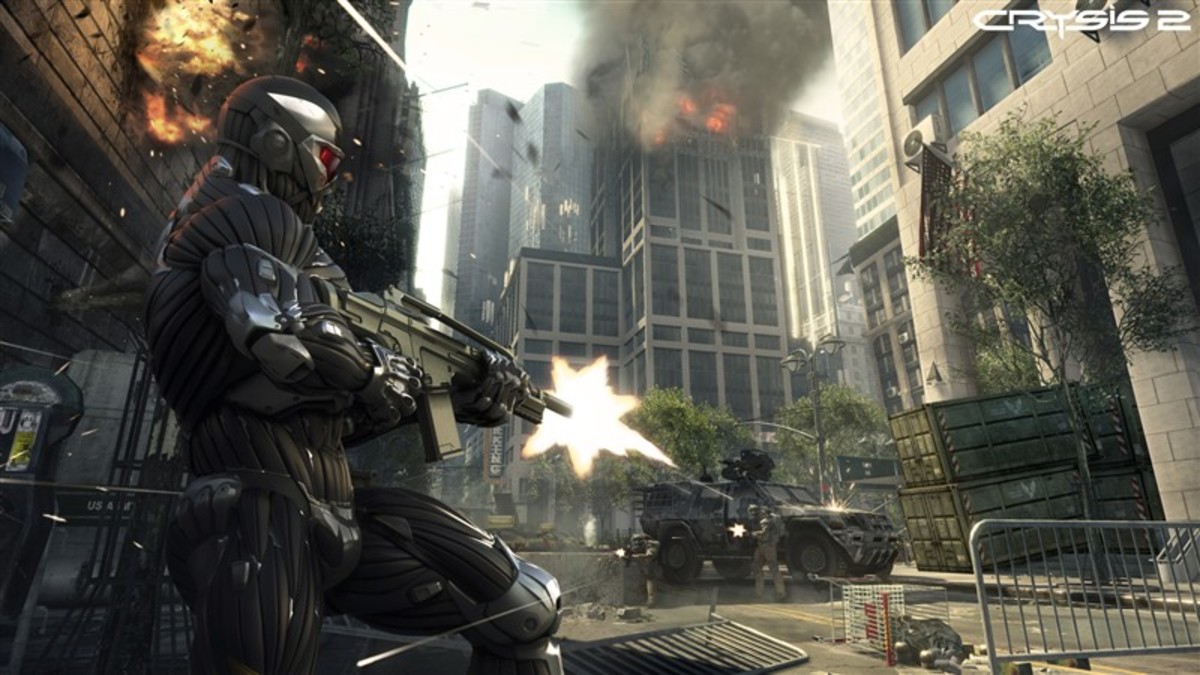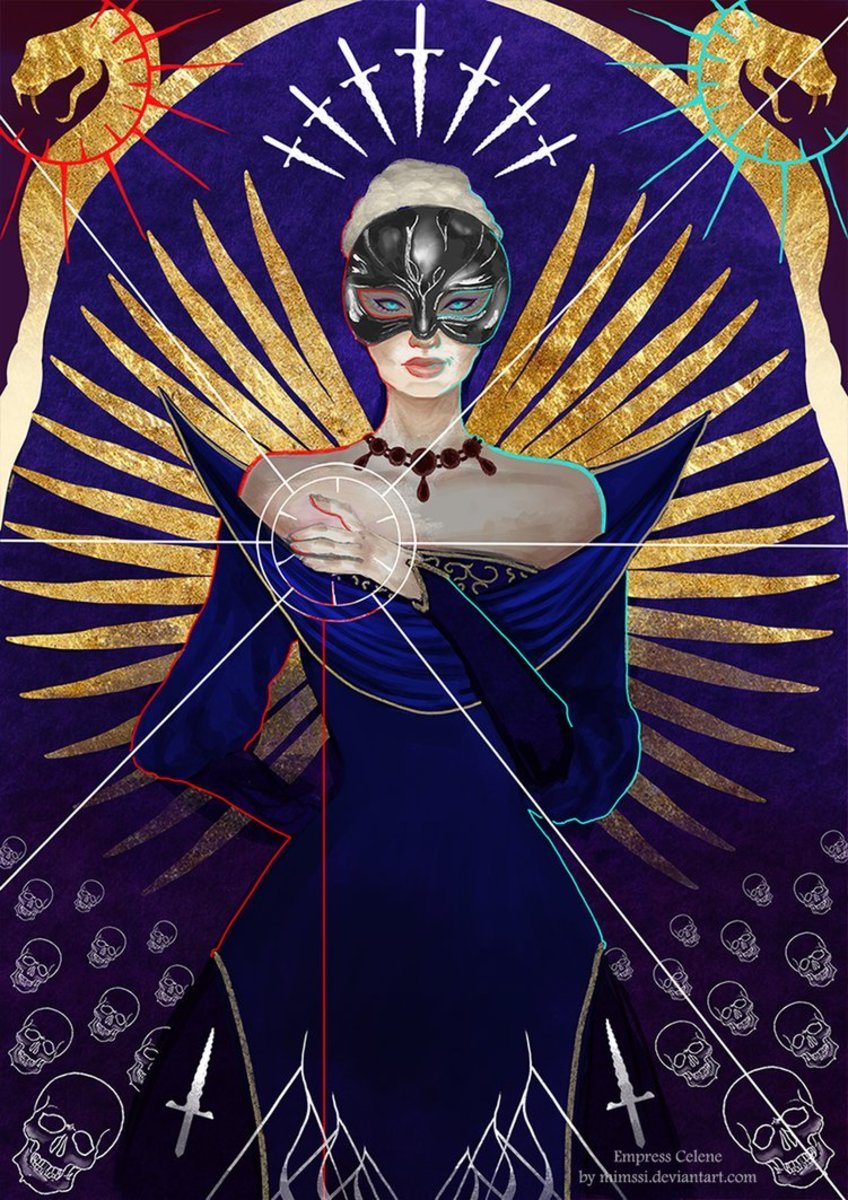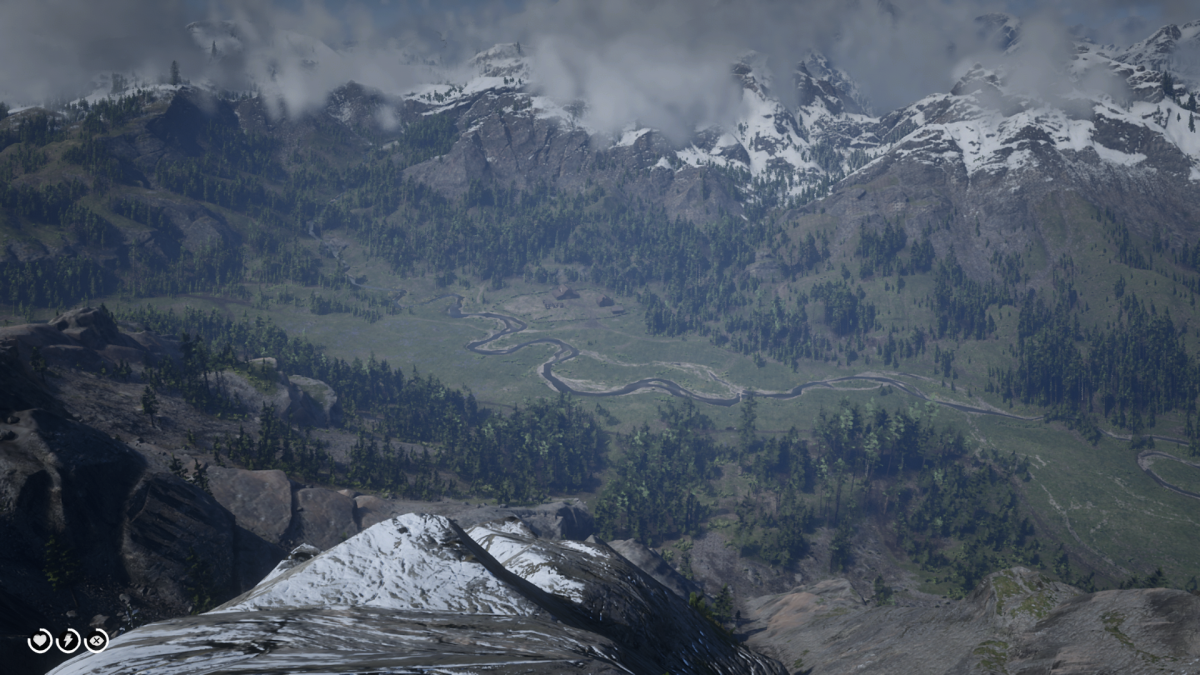- HubPages»
- Games, Toys, and Hobbies»
- Computer & Video Games»
- Roleplaying Video Games
Review: Diablo II Gold
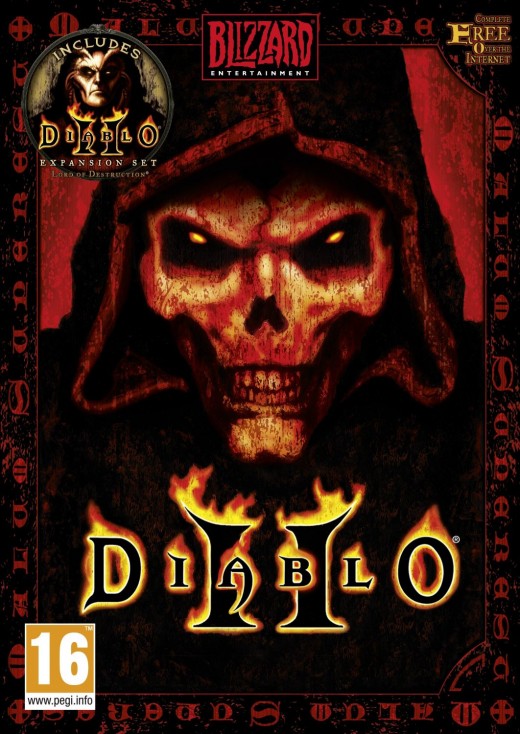
Game info
Developer: Blizzard North
Publisher: Blizzard
Genre: 2D isometric RPG, hack and slash
Platforms: PC, Mac
Released: D2: June, 2000; LOD: September, 2001
I have a confession to make – I didn’t play Diablo II years ago when it was first released. At least not the full version. I played around with the demo some though – that and the demo of the first Diablo as well.
So, I am not technically a Blizzard fan boy, although I've enjoyed most of the games they have cranked out over the years. Perhaps that is an advantage in my case as I can do my best to look at this game fairly and write an in-depth review.
Diablo, which arrived on the gaming scene in the mid 1990s was developed by Condor which eventually became known as Blizzard North. An even better sequel, Diablo II, spawned a few years later. After more than a decade, Diablo III is on the way too. Blizzard is resurrecting all its old series from the past after coasting on WoW for the better part of a decade, and even bundling the expansions. So they are all much cheaper than they were even one or two years ago when you still had to buy them separately in most stores. So when I saw Diablo II Gold advertised in several local stores, I thought to myself: “I have to own this.”
I installed Diablo II and had to wade through 3 CDs (this released back in 2000). After that it was the LOD expansion. Then I had to make sure I was patched up to the latest possible version. The great thing about Diablo II is that after you patch the game, you don’t lose any of your progress. The game works on something like a checkpoint system, where you can only save when in an actual town (more on this later). Upgrading the game works very seamlessly. It’s a system developed by Blizzard that still works extremely well to this day. Most modern games available a decade later, if you patch them, you lose the ability to load any savegames from previous versions and have to start over, unless you cheat and use a level skip code. Another good thing is that there’s no DRM. In fact, after you’ve patched the game to the latest version (1.12 onwards even though there is a 1.13), you can play without the CD. Those were the days.
The story goes as follows: Diablo, the Lord of Terror, wasn’t completely killed off in the first Diablo game it seems. In fact, Diablo sort of consumed the hero from the first game. So Diablo now wants to free his brothers from imprisonment – those brothers being Mephisto, and Baal, the Lord of Destruction. Together they aim to take over the world together. You are tasked with heading out in to the world of Sanctuary and destroying all three of these Prime Evils to save the world from their plans of demonic tyranny.
The first place you’ll go is the character selection screen. Originally with D2 you only have 5 characters to select from, but with the LOD expansion, this number goes up to 7. Naturally they all have different skills, strengths and weakness, and powers that can be used. And you can even give your chosen hero a name.
Diablo II is an RPG at its core, so after choosing which character you want to play as, you can then improve that character as you see fit by spending experience points earned when you level up. The four main things you’ll want to focus on include your stats: strength, dexterity, vitality and energy – these govern your ability to wield weapons and armour and how much damage you inflict, and your maximum health and mana respectively. There is only one chance to reset all these skills and reassign them – after that they are permanent. So don’t waste that opportunity should the need to use it arise. A character can only go as high as level 99.
You can also in addition to upgrading your stats, have a look at upgrading your skills or powers. These all differ from character to character, but you mainly have 3 different skill trees. You can divide these in to passive abilities, which means they are always in effect and active abilities which include spells or powers, whether offensive or defensive.
Starting off in the Rogue camp inhabited by the Sisters of the Sightless Eye, which is a temporary home to the displaced Rogues from Diablo. You have no gold, no weapons or even clothes – well, no armour anyway. It's just as well no enemies can invade towns or hurt you either. There are several characters or NPCs standing around with which you can talk, gossip with, receive quests from and trade with. Some will even be able to heal you and others like the smith can repair your armour and weapons, which degrade over time through continued use – that is if they are able to be repaired. Some weapons and armour, called ethereal, can’t be repaired. You can’t draw your weapons in this place or any other town, or use offensive and maybe even some defensive magic spells. Later on, Warriv can also transport you to other Acts. You can only travel between Acts you’ve unlocked, which means you have to finish all the quests in an Act to move forward.
This is where the quest log comes in. Here you can see what quests you have and which are still open or completed. Some quests are reset, so the player can go and finish them again – this usually involves offing a boss character of some sort, and is more of an optional quest. You mostly have six quests per Act, although at least one Act has less. So no sidequests, then – but these quests will give you more than enough challenge.









Needless to say the game really gets going once you venture out of the camp and in to the areas beyond. This is a hack and slash affair, so get your weapons out and prepare to do battle. You have many different ways to dispatch your enemies, from using axes, clubs, swords and other weapons for use in melee combat to javelins, bows, and crossbows for ranged takedowns. Depending on your choice of character, you may even be able to employ ranged spells that will hurtle missiles of fire or frost at your enemies. Enemies are many and they come in several forms and sizes, from crawling, to walking, to flying and there are differing levels of foes, with the very weak, to the stronger, rarer ones, to the boss creatures which will give you a bloody good fight.
The four main elements in the game, in addition to fire and frost, are lightning and poison. The effects of these can be inflicted upon your enemies, but can also be used against you. This is why it’s generally a good idea to build up your resistances to these elements. You can do this with charms, and enchanted shields, arms and armour, as well as spells.
Most of the controls revolve around the mouse. The only time you’ll really use any of the keys on your keyboard is when you utilise hotkeys which is a faster method than clicking things all the time on your interface. You move by clicking the mouse and and your character will move to that destination, and you attack by clicking an enemy. Clicking and holding the mouse will result in continued movement and continued attacks, until the enemy targeted is no more. The only drawback is it's a very finicky, precise system. In battle, say you're playing as an Amazon and are attacking from a distance, and you click on the ground instead of an enemy, which happens almost all the time, then the Amazon will walk literally to her death instead of attacking.
You can open doors and other obstacles by clicking on them. Depending on how many buttons you have on the mouse, you can even toggle between walking and running with the mouse. Running will use up stamina while walking does not. Another button will reveal all dropped items in the immediate vicinity and allow you to select them individually and pick them up, rather than searching the area with your mouse blindly. You can even customise what the left and mouse buttons do on the fly in-game.
You’ll get gold dropped from monsters after defeating them, as well as items such as weapons, shields, armour, magical items and other such things. You can either use these for yourself or you can sell them later on when you return back to town to get more gold, which you can then in turn use to buy better, less common (or even rare) equipment once you’ve saved enough up to do so. There are different grades or levels here. You get normal items which have the heading or title of the item in white – from here you get blue (exceptional), green which is a set item (and rare), and gold which is a unique item. An item that has a grey heading is a socketed item. One item you’ll want to hang on to is the scroll. You get a scroll of identify which will identify items, which needs to be done before you can use them, although even after you identify some items, you still can’t use them because they are only meant for a particular character class. The other is the scroll of town portal – you can use this for a quick escape when out in the world and you need to get out of a bad situation before dying. The alternative to doing this is activating a fixed portal in an area, which when used will teleport you to any unlocked area in the same chapter, which should have the town listed by default.
Items can also be found hidden in chests, barrels and other such things. Some of these may even be trapped, or need a key – although the Assassin can bypass this requirement. Keys can be found or can be bought from a merchant in town. Some of the most interesting items you can get are magical items such as runes, charms and jewels. Carrying charms around will automatically imbue your character with its benefits. Runes and jewels can be inserted in to socketed items, which include weapons, shields, armour and so on. Doing so will make these items more powerful and more valuable. All items you collect will be added to your inventory. You can then move these items to your stash, and later on in the game if you’re clever you’ll put the Horadric cube to good use for extra storage space when out and about. It can also be used to transmutate items and create new “created items”, which is its primary purpose. That's one problem I have with Diablo II, and that is there's not enough damn space to stash things. There was going to be another stash storage space upgrade in the latest patch, but Blizzard decided against putting it in. It's not like S.T.A.L.K.E.R., where you can pretty much create a stash on the fly.
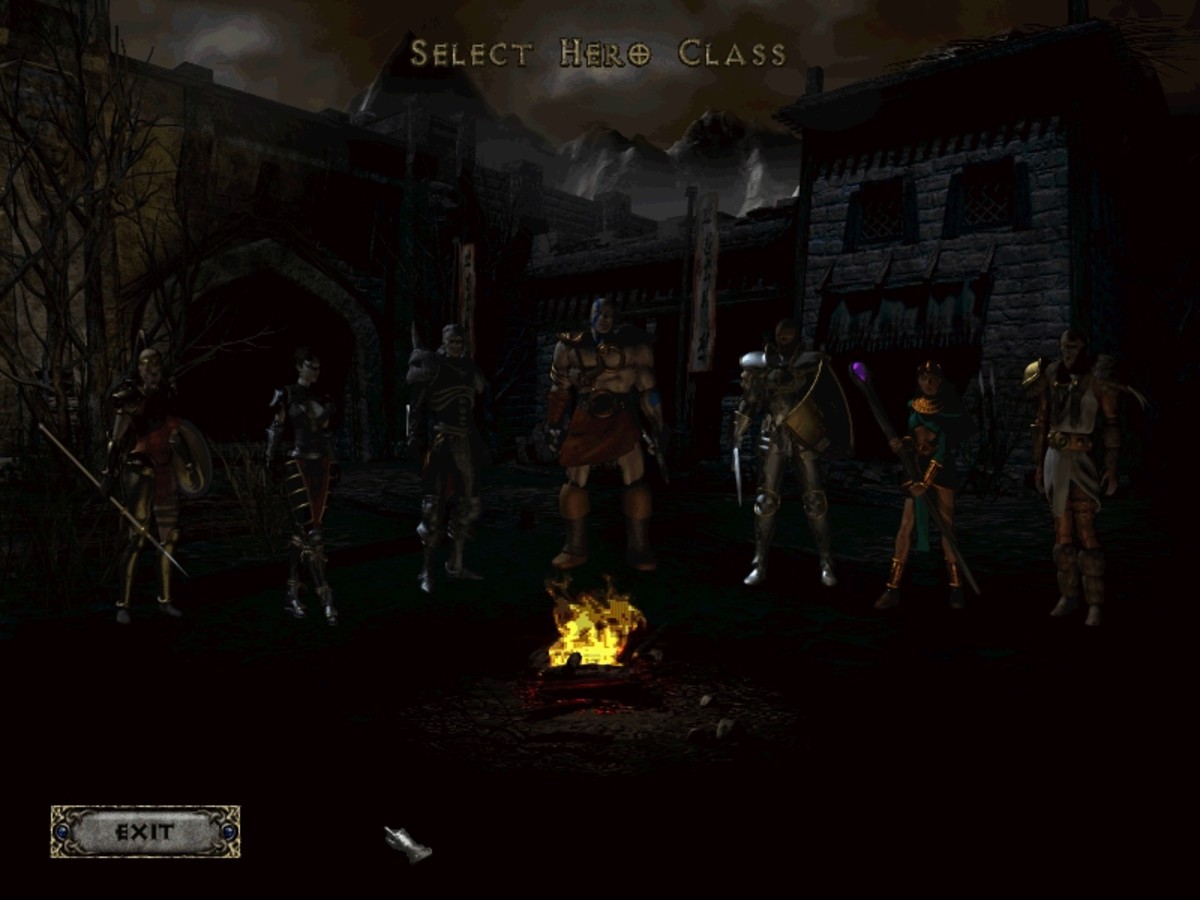









Did you know?
There were rumours of a secret cow level in the first Diablo, spread via the internet. This was denied by Blizzard, famous for its cryptic ways of poking fun at its fans, by including a cheat in StarCraft that read: "There is no cow level".
Then Blizzard released a screenshot of cows fighting in April 1999, and people wondered if it was a hoax. The end result is that Diablo II does in fact have a secret cow level, which is considered to be one of the best easter eggs in any game. Brilliant.
Initially your surroundings appear to be quite samey – there’s little variation in terrain; just large areas with a fenced perimeter with gaps leading to new areas. There are some underground caves to break the monotony though. There is some random level generation so areas may change slightly on new playthroughs. But this changes as you progress through the game – Diablo II with the expansion installed has 5 acts, and each one has a different theme. From devastated villages, to the rocky wastes, and in to the jungle and eventually in to Hell – each location has its own share of creatures to take on, and hazards to avoid. It is a step up from Diablo, where you mainly just descended down many levels all looking the same. There are areas, mainly indoors, like this, but these are punctuated with a breath of fresh air – getting out in to the open with outdoor environments.
Every Act has its own accompanying music tracks. Diablo II has several music tracks all in all, one of which sounds quite similar to the renowned “Rogue” from the original Diablo – which is also included in the game when the player travels to Tristram through a portal. Indeed, several tracks from the original have been reused or are outtakes that didn’t make it in to the original. They are indeed well composed and fit the theme of each Act very well but do get a bit repetitive after a few loops. Each town has its theme, and the areas outside it share one or two other themes. There are also different tracks for caves, crypts and other areas. There’s no distinction between exploration and action, however, much unlike what you’d find in an Elder Scrolls title.
In addition to the music, sound plays a very important role in the game, because a lot of the sounds indicate exactly what is going on. It tells you what enemy you’re up against just by hearing their distinct growls and grunts in the distance before even seeing them on screen, and item drop sounds are among the most prominent and important. You can easily and quickly learn to tell the difference between a health potion drop and a jewel dropping. You will also be alerted to traps that have been triggered, and effects the player or one of his party is suffering from, such as poison. There are plenty of auditory cues to accompany the visual ones.
When your character dies, you will instantly respawn at the nearest town, but all your gear and money that was on you will be left behind on your corpse. That means you have to travel all the way back to that point and collect your items – which can be a tough task, seeing as you will most likely have new armour and weapons that you’ve either bought or retrieved from your stash which is in town. That’s why it’s a good idea to periodically visit the town and at least store all the gold you’re carrying around. If you can’t reach your corpse to retrieve your items, then you must exit the game and re-enter. Now you will find your corpse in the town near your stash, and it will be much easier to get your goods back. But any gold you had on you will be lost. Gold has a nasty habit of dropping and doesn’t stay on the body like everything else. Must have bloody holes in your pockets…
Every time you die, in fact, you lose a bit of your total amount of gold. At some point when you no longer have any gold, that would in theory mean game over and you go right back to the beginning of the game from Act 1. I don't know for sure because it hasn't happened to me. I'm good at hoarding gold.
The game is hard enough on regular difficulty, but after you complete the game on this difficulty, you can go back and you will notice that another difficulty level has been unlocked. And the next difficulty level will be unlocked after that. On higher difficulty levels, not only are the monsters stronger, but experience will be lowered every time you die. You can change the difficulty level at any time and keep everything you have obtained. You also get a hardcore character, which only has one life. So if you die in the game, that’s it – no resurrections and you’ll have to start from the beginning with another character. Much like real life then, if you believe in reincarnation, anyway.
What’s the Score?
Pros
+ Gameplay
+ Replayability
+ Challenging
Cons
- A bit repetitive
Graphics: $$
Sound: $$$$
Gameplay: $$$$$
Controls: $$$
Story: $$$
Overall score 9.0/10
In the singleplayer you can hire mercenaries to accompany you on a mission to make things a tad easier. But you can only have one at any time. In the first chapter, the mercenaries are mainly long distance warriors like archers. In the second chapter you have people with spears or javelins who mainly engage enemies in close quarters, and in the third chapter you have companions more akin to the Paladin, or spellswords – guys who can cast spells and also carry swords, obviously, not that they use them much. The fifth act has barbarians. None of them can use shields, but you can heal these characters to prevent them from dying. If they do die, then you have to resurrect them in town. The good thing is there is they keep all of the items you have equipped them with. But just be mindful when hiring new mercs to take the items you have given them back otherwise they will be lost upon replacement with a new merc. Mercs also gain experience and can level up and obtain new skills. The merc AI isn’t all that good though, and so some people, out of sheer frustration may prefer to not have them around, or because they want more of a challenge and don’t want an AI character doing all the work. It would probably be better to just select a character like the Druid who can spawn his companions whenever he wants, and they do a much better job of keeping up with the player. Useful for someone who doesn't have any friends, and I imagine most Druids don't. But I could be wrong.
Diablo II has aged rather well. It might not look so good graphically by today’s standards, but the gameplay still remains pleasantly (and sometimes frustratingly) challenging. Some say Diablo III isn’t even as good as its predecessor, and that there has been a resurgence of interest in Diablo II even now that Diablo III is around. The game isn’t perfect, but it’s about as good as a hack and slash RPG can get. Diablo II is one of the best selling games to date, only outdone by most of the WarCraft games, by one of the best and last PC game developers ever: Blizzard.
What do you think of Diablo II Gold?
© 2012 ANDR01D
